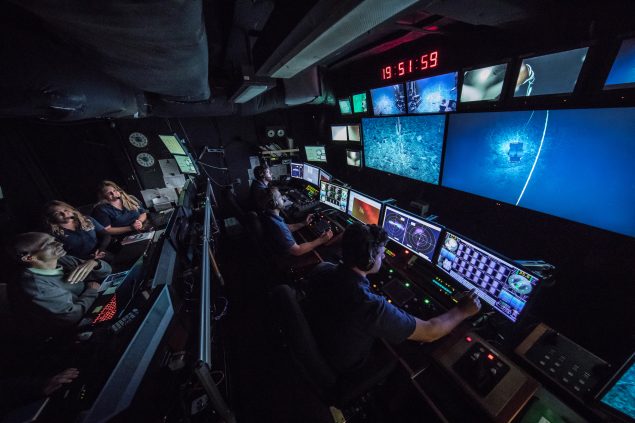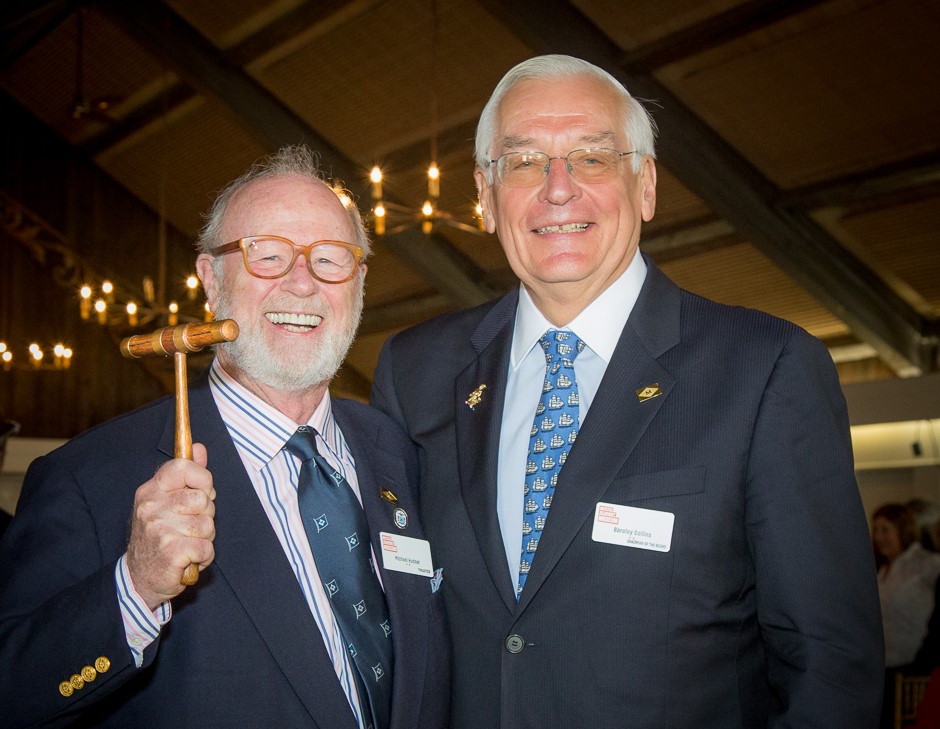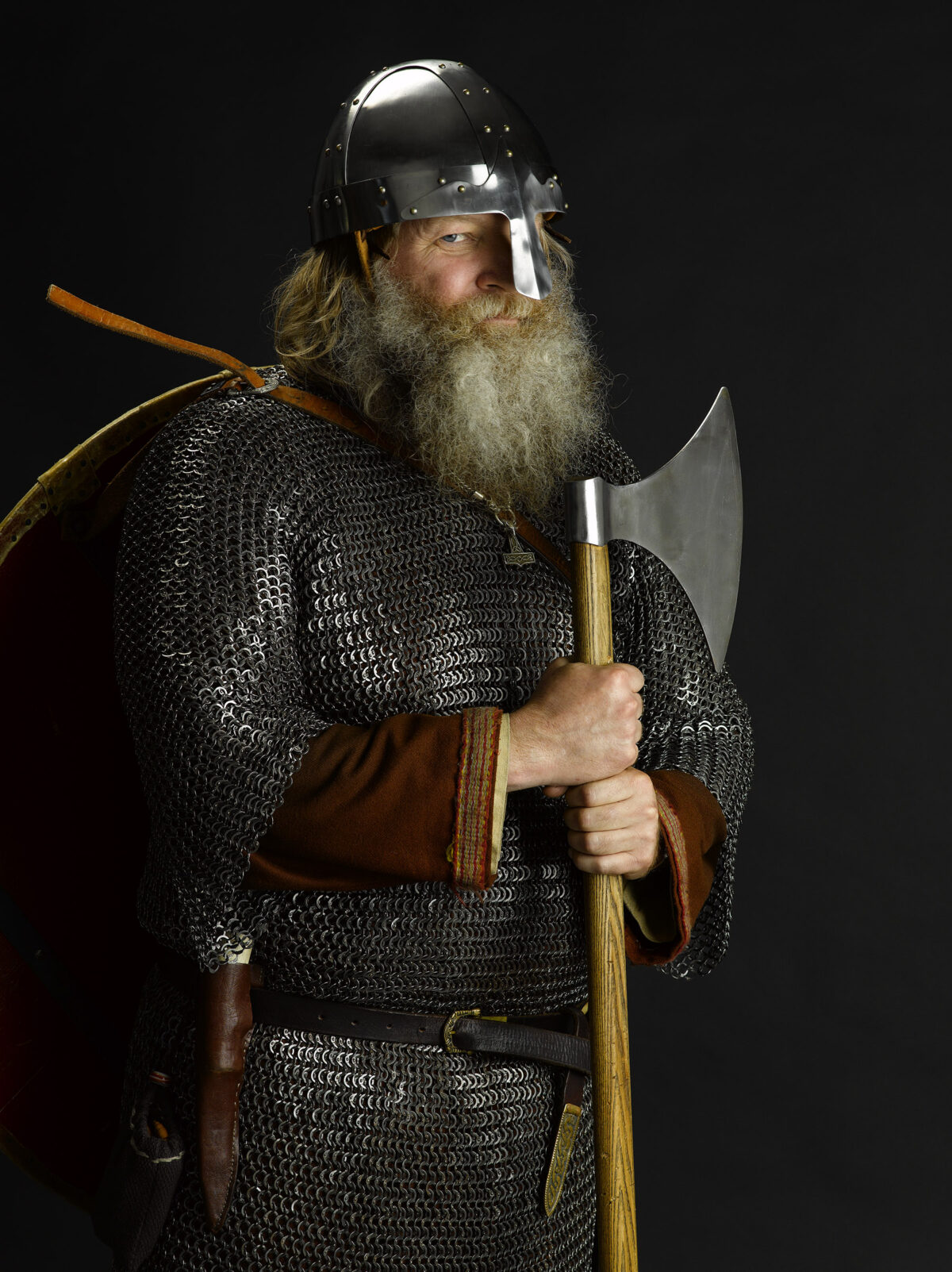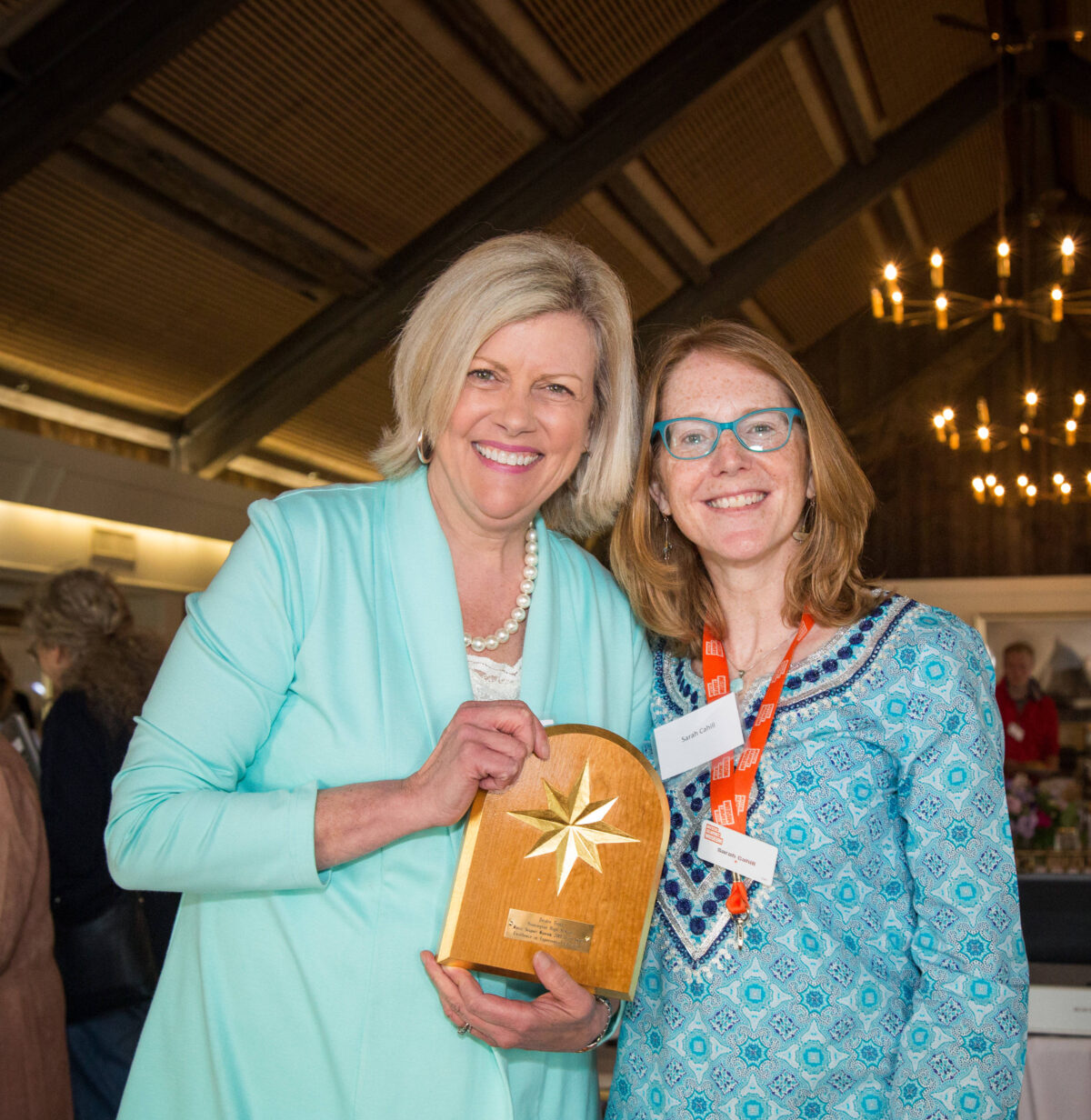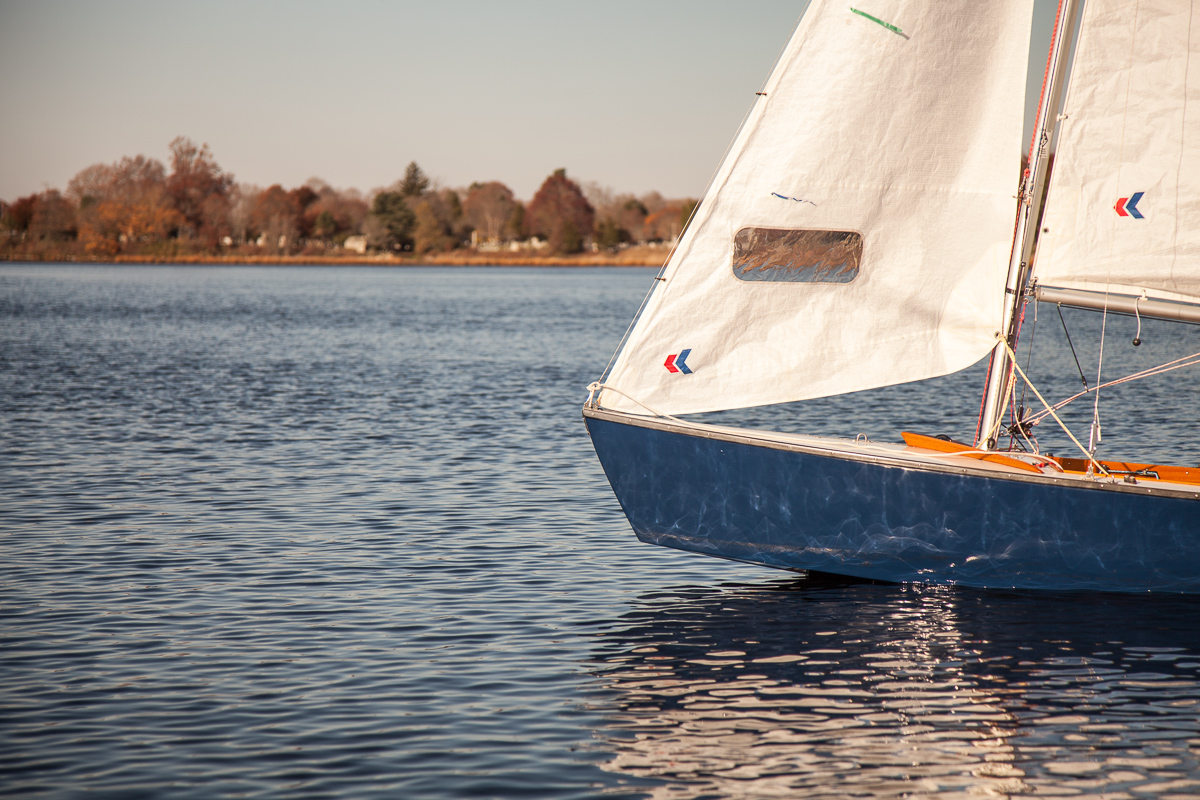Lynn Noel returns to Mystic Seaport Museum’s Viking Days in 2019, performing as both her alter ego, “Gudrid the Wanderer: First Viking Woman in the New World,” and also as herself, lecturing on Viking songs and their significance. She will appear both days of the festival, June 1 and 2.
In 2018, Lynn answered five questions for us in advance of her debut at our first Viking Days. We have updated this post for her return this weekend.
1.Tell us a little about your background – where you grew up and when your interest in Viking culture and history first started.
I am a “Daughter of Norumbega,” from Newton, MA. I grew up a mile from Norumbega Tower, built in 1889 by Eben Horsford, who believed that the Algonquin word “Norumbega” was a variant of “Norvega” or Norway, and that Leif Eiriksson had reached the Charles River in Boston. I used to ride my bike to Norumbega Park and climb the tower with a book of Norse myths and an apple, and dream of discovering new worlds.
I went to Dartmouth College, where my anthropology professor Elmer Harp and his wife Elaine introduced me to Newfoundland through their work excavating Port aux Choix Historic Site on the west coast. In 1986, I went to Newfoundland myself as a graduate student to work as an environmental educator in Gros Morne National Park, and wound up writing my master’s thesis on the Newfoundland fishery and the national parks movement. L’Anse aux Meadows had been declared a UNESCO World Heritage Site in 1978, and I was at Gros Morne for its UNESO designation in 1987. When the Viking Trail tourism association connected the three parks on the west coast, a lot of my own life came together in that road from Gros Morne to Port aux Choix to to L’Anse aux Meadows as well.
2. How did you decide to create the character Gudrid the Wanderer?
In the 1990s, I was invited to return to Dartmouth as a Research Fellow of the Institute of Arctic Studies to write a book on Canada’s Heritage Rivers. My sponsor, the Atlantic Center for the Environment, arranged for me to lecture on a cruise to Newfoundland and Labrador, and Gudrid’s first appearance was the night before we arrived at L’Anse aux Meadows by sea. I wanted the passengers to understand the significance of two very particular artifacts that linked the site to Vikings. When archaeologist Anne Ingstad found the ring-headed pin at L’Anse aux Meadows, it meant that a European metal-working people had been there. When she found the spindle whorl, it meant that a woman had been there. The sagas tell us the names of two women in Vinland: Freydis and Gudrid. I wanted to put those artifacts in context. So I set the Vinland sagas to Scandinavian dance tunes, to tell the story of the woman who dropped them a thousand years ago.
When Dartmouth sponsored the International Arctic Archaeology Conference, I was invited to present Gudrid the Wanderer to the Greenland archaeology team that had just excavated the church where Gudrid was married. That thrilling exchange led to an invitation from the Canadian Museum of History to participate in the Smithsonian VIKINGS IN THE NEW WORLD exhibit by telling saga in their replica longhouse for a week, surrounded by original artifacts.
I’ve completely revised and reworked the GUDRID THE WANDERER program with new research and more songs, built a new website with interactive saga maps and lots of source materials on Viking music, and added a map talk on VISIT THE VIKINGS with the latest in Norse archaeological digs, heritage sites and museums, and Viking reenactment festivals from California to Russia.
3. Gudrid has traveled the world – tell us about some of your favorite spots that you have brought her to.
I’ll never forget lying down in a Viking era stone ship burial on the island of Gotland, or plucking a thorn to pin my cloak from the hawthorn bushes on the island of Birka in Sweden. The first sight of the timeless craftsmanship of the Oseberg ship in Oslo is breathtaking for anyone. I’ve been out in the North Atlantic off Greenland in a hurricane, and I did my best to imagine tossing on 30-foot seas in an open longship. Whoo!
The site of Gudrid’s home farm on Snaefellsness, in western Iceland, is off the beaten path and definitely worth the trip. But my heart belongs to L’Anse aux Meadows, and the broad flat bay you can see from the doorway of the turf-roofed house. The archaeological finds tie the place to the sagas, and a thousand years melts away into the moment where you stand there in Vinland.
4. What is your mission with Gudrid? What do you hope to achieve?
Gudrid is part of a program series on women’s history and geography that celebrates voyageurs, vikings, pirates, explorers, and other traditional women’s roles. A WOMAN’S WAY: The First Millennium of Adventurous Women asks the question: How did she do it? How can I do it? I hope that Gudrid’s story will inspire listeners to become explorers themselves, to experience far travels and past cultures directly in person, as well as through the amazing digital resources we have today for history, geography, and archaeology. To look at a grubby lump of rock or a corroded bit of metal from a thousand years ago, and to see a mother and her child boarding a ship to leave a beloved place: that’s the magic of archaeology and of storytelling. I hope visitors may learn to become their own storytellers and students of the past, and to see the Vikings less as violent raiders, and more as farmers and traders seeking new lands to settle.
5. What has been most surprising to you throughout the evolution of this character? What have you learned?
As a chantey singer, an outdoorswoman, and one of the earliest classes of women at Dartmouth, I’m well versed in being One Of the Boys. People sort of expected me to take on the character of Gudrid’s sister-in-law Freydis, who is closer to the Viking stereotype. Freydis is the fierce warrior who demands the best share of her brother Leif Eiriksson’s houses and kills five women with an axe to get her way. Freydis is the one who bares her breast and slaps it with a sword, and does all the macho stuff that even Disney warrior-princesses do these days. So as a tough cookie myself, I have learned from Gudrid to respect both women’s traditional work, and her spiritual practice.
Gudrid is a peaceful explorer, a trader, a wife and mother, and a Christian—the complete opposite of Freydis, or of Lagertha the shield-maiden from the History Channel Vikings. I have come to see her as a very strong and powerful woman in a more introverted mold, leading through moral courage, inner strength, and quiet grace. She’s extremely important in the sagas as a singer, and the search for what she sang has led me down some fascinating research paths on pagan sei∂r, a female practice of magical prophecy that connects to the Norse texts of the Poetic Edda. Most maritime singers collect work songs about boats, so I didn’t expect to find myself digging in to the history of 10th century Christianity, studying trance-inducing chants, practicing my hand spinning, or learning lullabies. I’ve learned how to find a deeper center for interpreting “women and the sea,” and to find “women’s work” woven into the fabric of seafaring, from spinning and weaving sailcloth to foretelling the fate of a voyage.
ABOUT GUDRID THE WANDERER
All events in this program are drawn from the Vinland Sagas, two independently written Icelandic manuscripts now in the Arní Magnússon Institute in Reykjavik. The Greenlanders’ Saga is probably earlier and was used in Erik the Red’s Saga, which features Gudrid more prominently.Current saga scholars place Gudrid’s journey to Vínland ca. 1009-1012 AD.
Gudrid the Wanderer was originally developed in 1991 for a cruise to L’Anse Aux Meadows, Newfoundland. This UNESCO World Heritage site is still today the only verified Norse archaeological site in North America. Gudrid the Wanderer has been featured in the Smithsonian VIKINGS IN THE NEW WORLD exhibit at the Canadian Museum of History, the Dartmouth International Arctic Archaeology Conference, in Viking Heritage Magazine, on cruises from Iceland to Boston, at Scandinavian-American festivals and clubs, and at Gudrid’s homestead of Arnarstapi in Snaefellsness, Iceland.

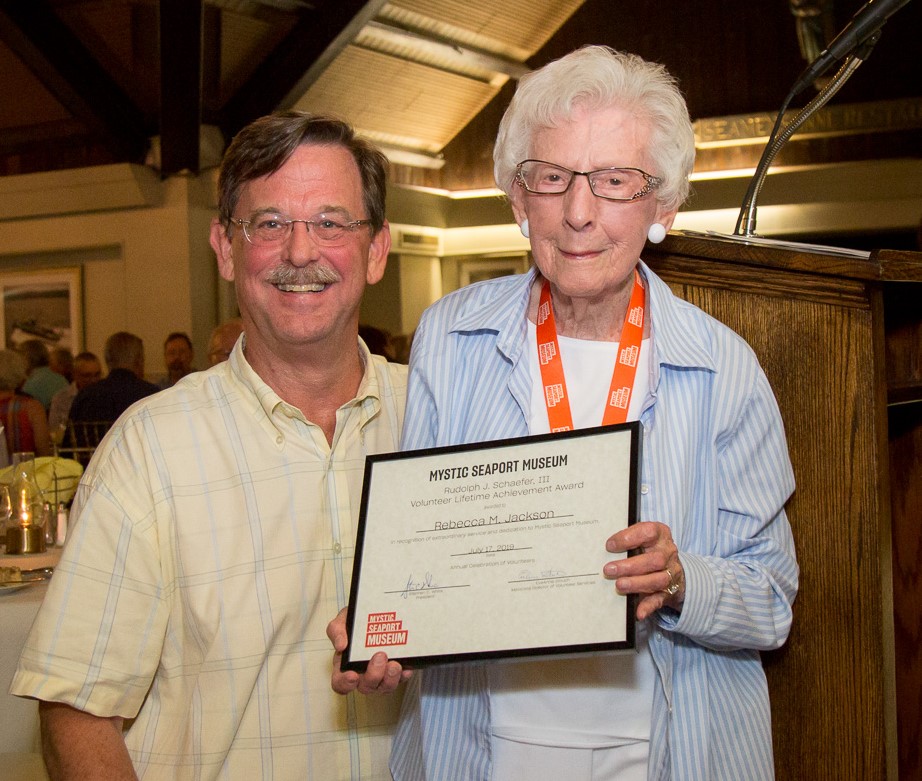

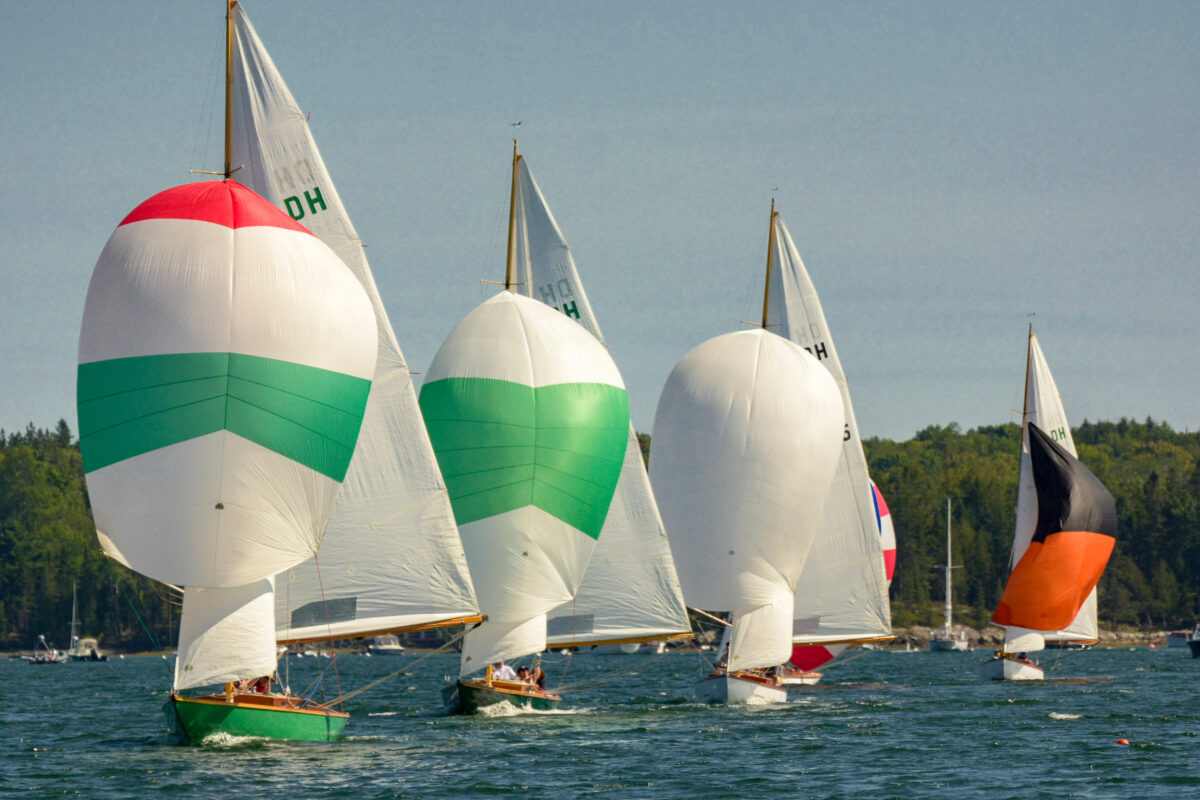
 Mystic Seaport Museum announces it is honoring the Dark Harbor 20 class owners with the William A. Baker Award. The award is given to promote the awareness and appreciation of fine examples of one-design classes or boats of like kind, and to foster faithful preservation and restoration, and encourage their continued use.
Mystic Seaport Museum announces it is honoring the Dark Harbor 20 class owners with the William A. Baker Award. The award is given to promote the awareness and appreciation of fine examples of one-design classes or boats of like kind, and to foster faithful preservation and restoration, and encourage their continued use.

